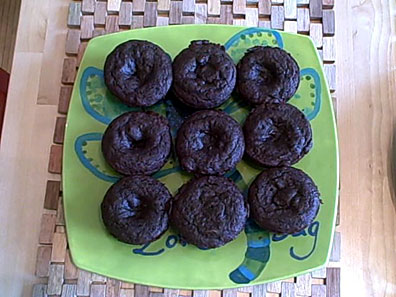
Risotto with Artichokes and Leeks
Update May 2017:
I wrote this blog post when I moved to Frederick, MD in 2009. I moved to Baltimore in April of 2015 and have been serving clients in Baltimore and the surrounding areas for the past two years. I still service the DC area as well.
Coming home late from work, Beth walks into her home with a toddler in tow, and remembers with a flash that she had her personal chef come and cook meals for her family today. A sigh of relief and a feeling of excitement fill her body as she looks forward to trying the delicious meals awaiting her in the refrigerator.
Her husband comes home just as she is heating up some of the meals for them to enjoy for dinner. Everything looked so good, it was hard to decide what to try first. Without having to cook anything, they settle down to the table and enjoy their meal together with their daughter.
This is the kind of experience that I give people when I cook for them as a personal chef. I started my business, Sarah’s HeART of Cooking Personal Chef Services in 2006 and quickly started cooking full time. However, I also became pregnant in March of 2007, slowing me down quite a bit, to say the least.
Last year I continued cooking for a few of my clients but I didn’t go back full time like before my pregnancy. I also started my online service, the Nourishing Foods Menu Planner, so that I could start to serve people from home and on a wider scale.
My family and I have been living in Berkeley Springs, WV, but as of the end of this March, we will be moving to Frederick, Maryland. My husband is from the Baltimore area so one reason why we are moving is to be closer to his family. Once we move, I will once again cook for my clients on a regular basis. I am also accepting new clients so if you are looking for someone to do all the work and you live in or near Frederick, give me a buzz.
One of my clients from Arlington, Virginia told me that I was the only personal chef she could find in the area that was willing to work with her limited diet instead of a fixed menu. Because of a health condition, she had a long list of foods that she couldn’t eat. When we started working together I used her “good” list and created a menu that worked for her body as well as her taste buds.
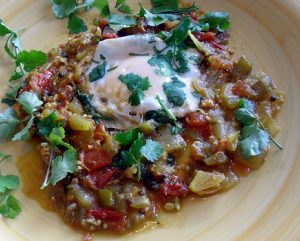
Indian Style Eggs
Another client who I cooked for last year who suffers from congestive heart failure said that the first personal chef he approached wasn’t willing to “sacrifice taste” by making salt-free food to cater to his low-sodium diet. I created a menu for him with low-sodium foods and made meals that were still very tasty.
I also have many clients who simply want to eat healthy and nutritious meals. They don’t have time to plan, shop and cook their meals because of a work schedule and enjoy having this done for them in the safety of their own home.
For me I love being able to give people the gift of healthy, organic, home-cooked meals free of preservatives and chemicals. Many people simply don’t have the time or desire to cook and end up eating restaurant food or frozen meals. Unfortunately, this diet can affect one’s health. I offer a great alternative – home-cooked meals without having to do any of the work. My clients love it!
Underlying my services is a deep belief that the quality of the food we consume is an intrinsic part of our well-being. Food affects us on more levels than just the physical – it nourishes our hearts, minds and our spirits! Furthermore, it offers us deep healing qualities that one can find only by eating certain foods. To me, it is very amazing to think of the bounty that the earth gives us every day in order to nourish and heal our bodies. This philosophy coupled with my wide knowledge of cooking for limited diets makes my service unique.


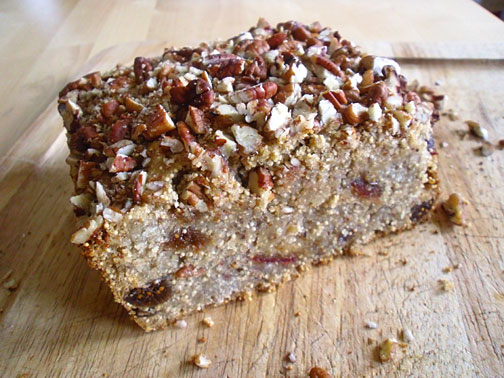
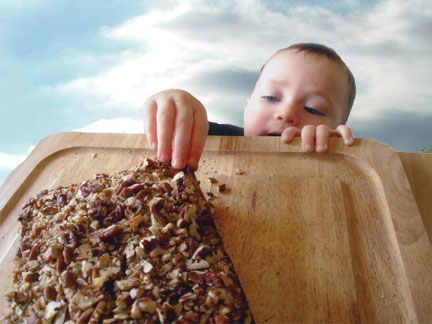

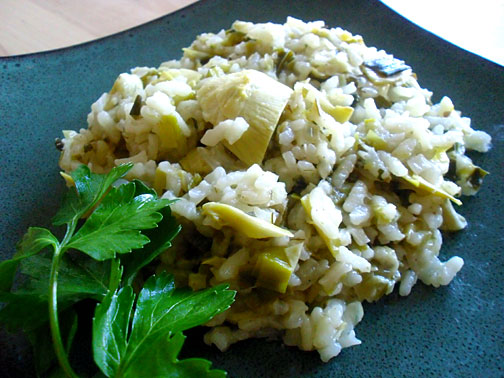
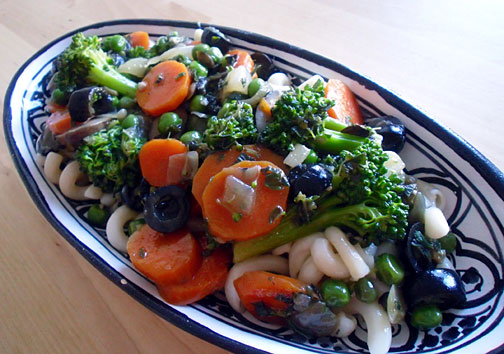
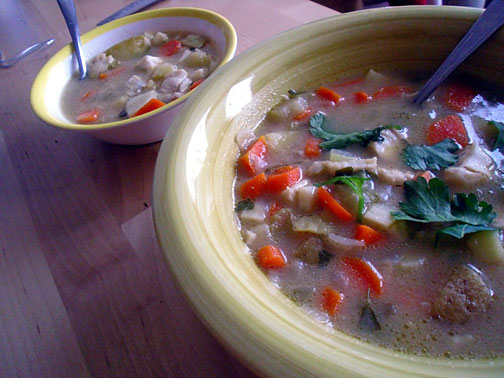
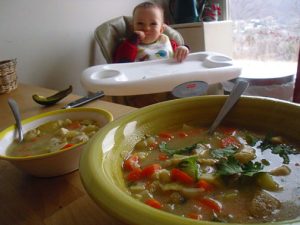
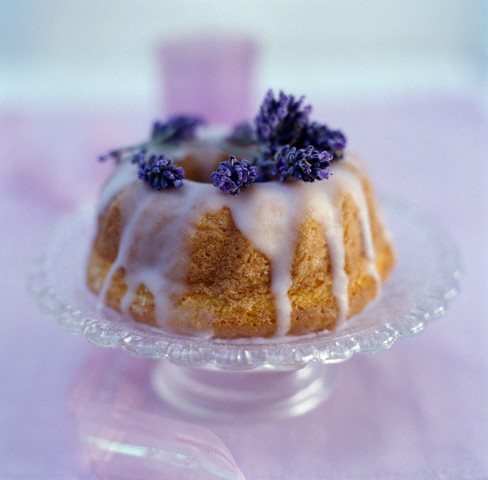


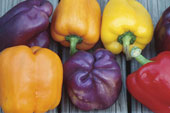
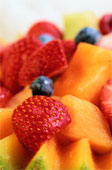
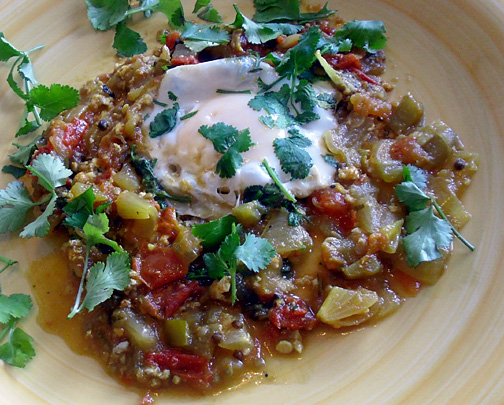
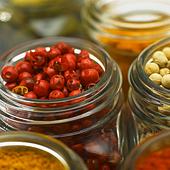 As a person with food allergies, sensitivities, or someone just wanting to learn to cook, you may be looking for some simple ways to make your food taste good. Eating out usually isn’t an option for someone on a restricted diet so it is a daily task to find ways to spice up the life of your food! If you are very restricted in your diet, it can feel like you are using the same herbs to make your meal taste good. This can get old after a while and it is helpful to have a fresh look at some other herbs or new ways you can possibly make your food tastier.
As a person with food allergies, sensitivities, or someone just wanting to learn to cook, you may be looking for some simple ways to make your food taste good. Eating out usually isn’t an option for someone on a restricted diet so it is a daily task to find ways to spice up the life of your food! If you are very restricted in your diet, it can feel like you are using the same herbs to make your meal taste good. This can get old after a while and it is helpful to have a fresh look at some other herbs or new ways you can possibly make your food tastier.
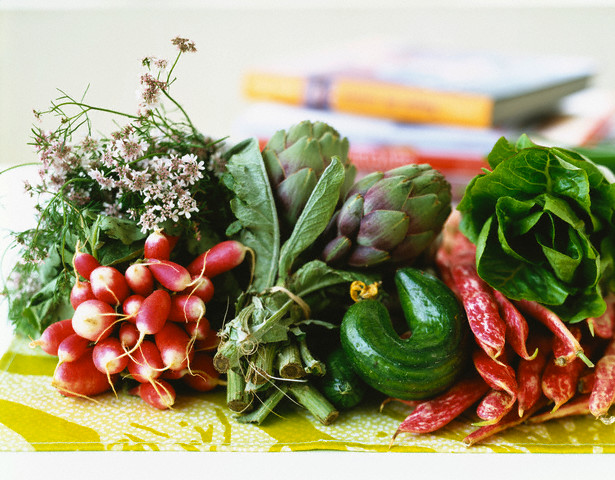 If you have food allergies, celiac disease or any other condition, which requires that you limit or restrict your intake of certain foods, it is usually a process to accept and embrace your new lifestyle. Even if you have been following your diet for a while, it can continue to be a challenge to figure out what to eat, how to communicate to people why you can’t eat certain foods, and to find places to eat when you are out in public.
If you have food allergies, celiac disease or any other condition, which requires that you limit or restrict your intake of certain foods, it is usually a process to accept and embrace your new lifestyle. Even if you have been following your diet for a while, it can continue to be a challenge to figure out what to eat, how to communicate to people why you can’t eat certain foods, and to find places to eat when you are out in public.
